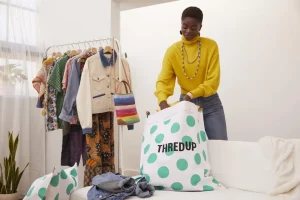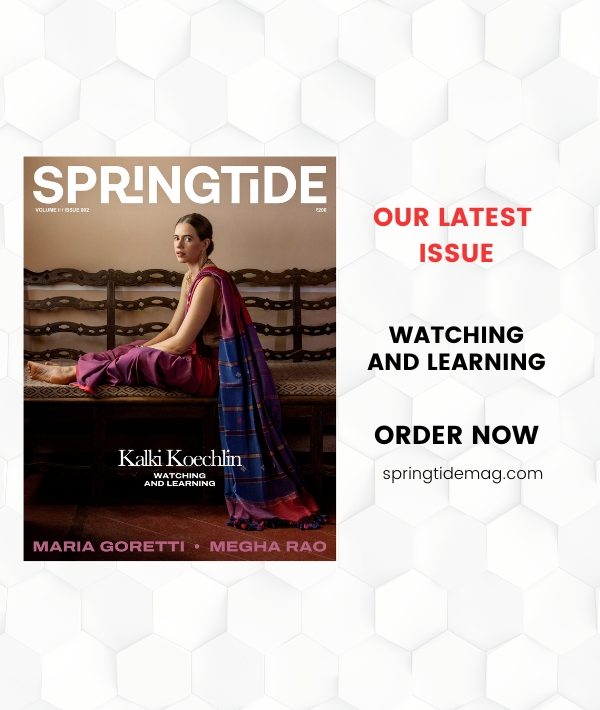What if your next fashion statement didn’t come fresh off the rack but had a story to tell? Welcome to the world of resale fashion — a booming industry that’s turning pre-loved clothes, bags, accessories, shoes, and so much more into prized possessions. Once associated with thrift stores and hidden gems, resale has now evolved into a global phenomenon, offering everything from affordable basics to luxury designer finds.
 Younger generations are at the heart of the resale fashion revolution, with Millennials and Gen Z leading the charge. For them, fashion is more than just clothes — it’s a form of self-expression, a statement of values, and a way to stand out in a sea of fast fashion sameness. Unlike past perceptions of secondhand shopping as a last resort, today’s resale experience is trendy, accessible, and tech-savvy. For Gen Z, who prioritize sustainability and individuality, resale fashion offers the perfect blend of affordability, style, and ethics.
Younger generations are at the heart of the resale fashion revolution, with Millennials and Gen Z leading the charge. For them, fashion is more than just clothes — it’s a form of self-expression, a statement of values, and a way to stand out in a sea of fast fashion sameness. Unlike past perceptions of secondhand shopping as a last resort, today’s resale experience is trendy, accessible, and tech-savvy. For Gen Z, who prioritize sustainability and individuality, resale fashion offers the perfect blend of affordability, style, and ethics.
With 64% of Gen Z and Millennials putting sustainability at the heart of their purchase decisions; this shift is fueling the rise of secondhand fashion, as younger consumers seek out pre-loved pieces that align with their values and their sense of style.
The resale market is no longer a reactive industry segment but a business strategy. In fact, it is projected to hit a staggering $351 billion by 2027! With major players like ThredUp, Poshmark, The Luxury Pop, and The RealReal leading the charge, technology is making it easier than ever to buy, sell, and trade fashion from the comfort of a smartphone. But beyond the convenience, resale is offering something even more valuable: a chance to consume with purpose. 
It’s growing at a pace 6.4 times faster than the broader retail clothing sector. This surge is fueled by a shift toward ethical consumerism, where sustainability and affordability take center stage. By 2028, secondhand items are expected to account for 10% of the global apparel market, reflecting a major shift in consumer priorities toward more responsible shopping habits.
Technology is accelerating this shift, with online resale poised to account for half of all secondhand spending by 2025. It’s clear that secondhand fashion is no longer a trend — it’s the future of fashion.
The future of resale fashion is not just bright — it’s transformative. As the market continues to grow, driven by a deeper cultural shift towards sustainability and conscious consumption, secondhand fashion is set to become an integral part of the broader fashion ecosystem. What once seemed like an alternative to fast fashion is now a mainstream, thriving sector that is reshaping how we approach shopping.
As this movement evolves, the resale market will continue to thrive, creating new opportunities for innovation, collaboration, and sustainability. The industry’s rapid growth, paired with evolving consumer behavior and technological advancements, ensures that resale will play a central role in the fashion industry’s future. Far from being a passing trend, the resale market is paving the way for a more ethical, accessible, and environmentally friendly fashion landscape.
And it’s definitely here to stay!




